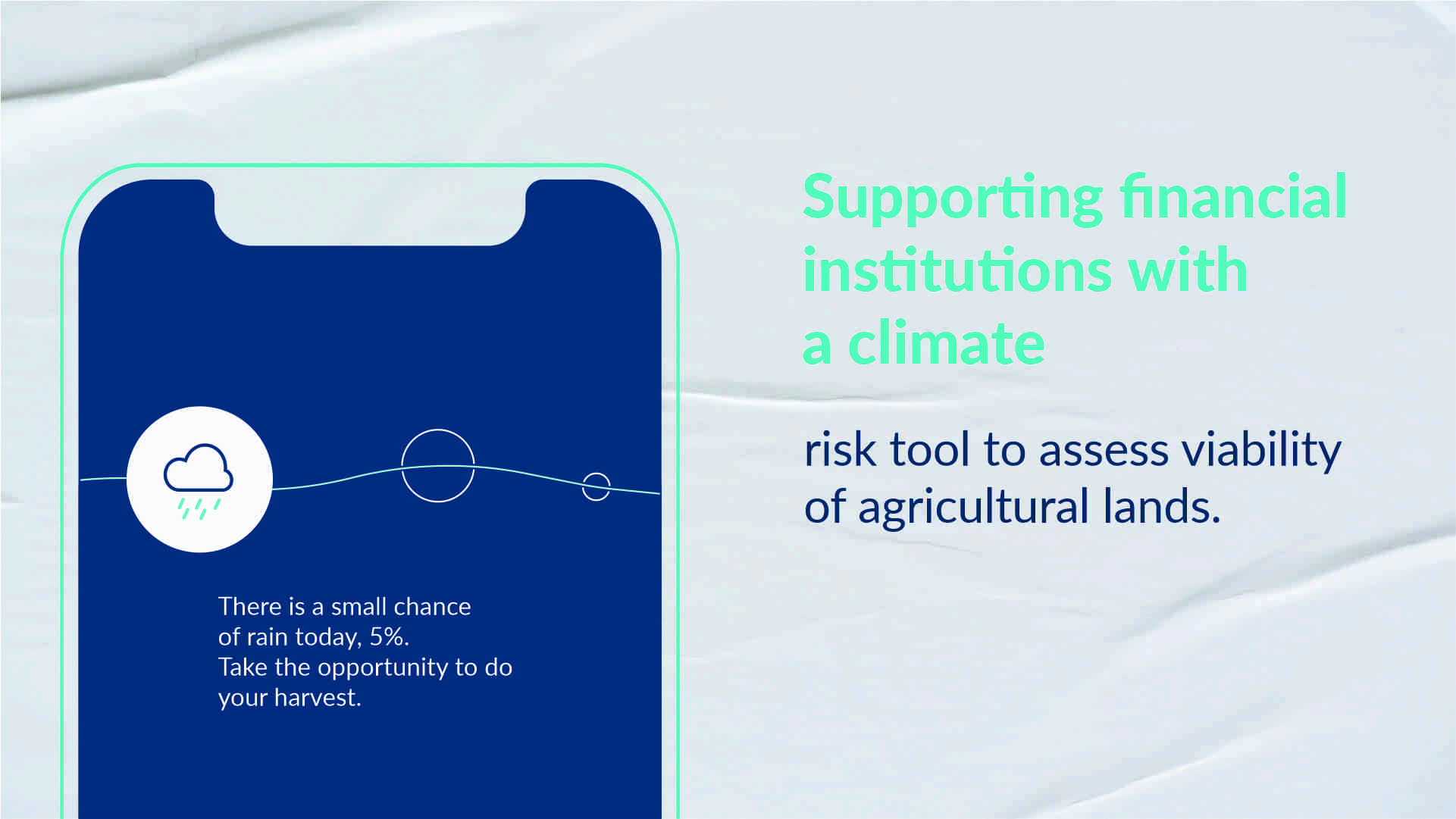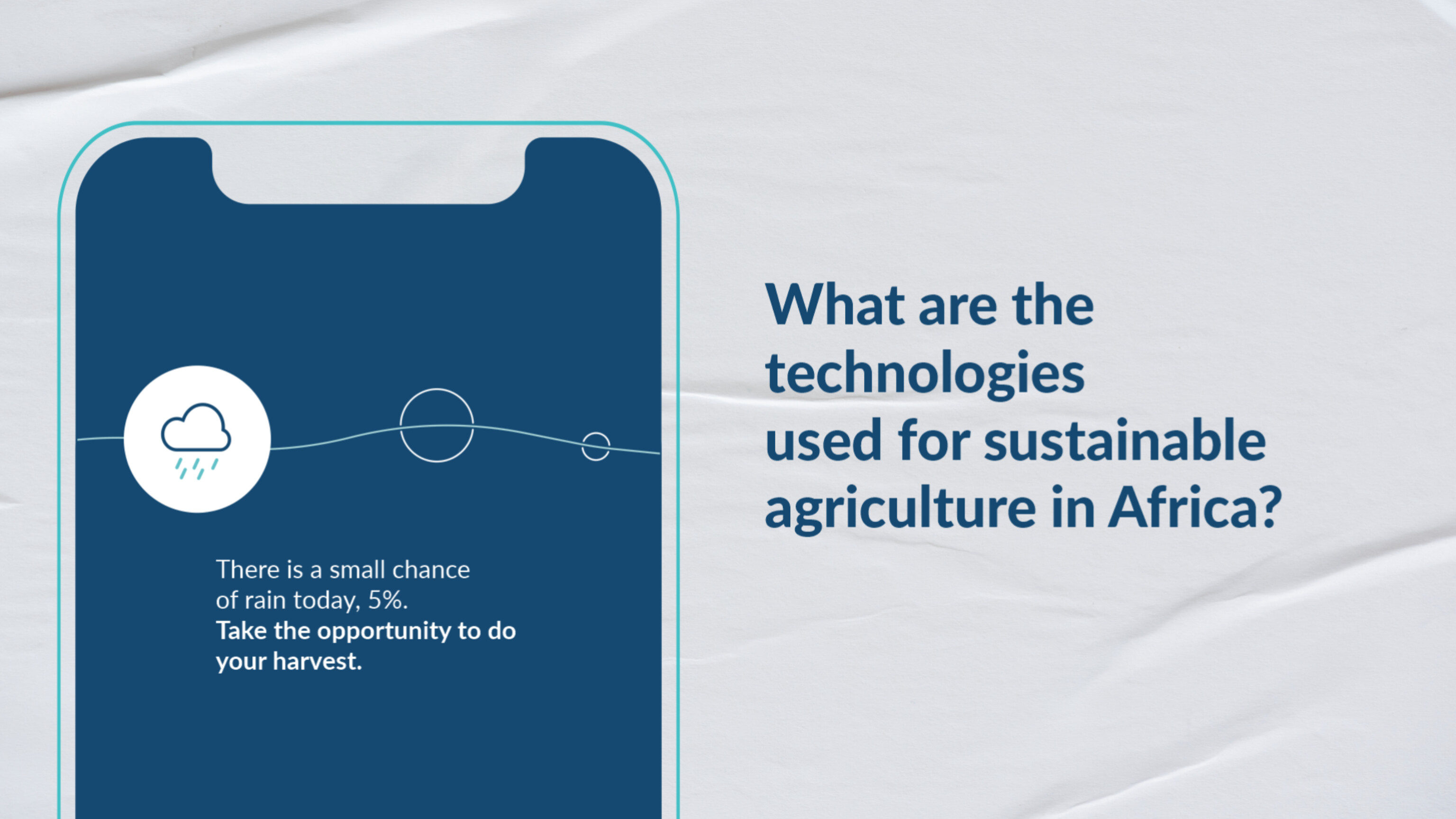When considering weather information dissemination through SMS versus voice, there are several factors to consider.
SMS (Short Message Service) is a text-based method of communication that allows for the delivery of concise information in written form. It has several advantages for weather information dissemination. Firstly, SMS messages can be easily sent to large groups of people simultaneously, making it efficient for reaching a wide audience. Additionally, SMS messages can be saved and retrieved at a later time, allowing recipients to refer back to the weather information as needed.
On the other hand, voice-based communication involves delivering weather information through spoken messages, typically over phone calls or automated voice recordings. Voice communication has its own advantages, particularly in reaching individuals who may have limited access to written information or those with visual impairments. Voice messages can also be more accessible for people who are not proficient in reading or have low literacy levels.
However, voice-based communication may have limitations in terms of delivery speed, as it can be time-consuming to individually reach a large number of people through phone calls. Additionally, voice messages cannot be easily saved or reviewed for future reference, which may be a disadvantage for some recipients.
Pros and cons of weather information dissemination via SMS vs Voice
Let’s discuss the pros and cons of weather information dissemination via SMS (text messages) versus voice (phone calls).
Pros of using SMS
- Efficiency: SMS can reach a large number of recipients simultaneously, making it a fast and efficient way to disseminate weather information to a wide audience.
- Accessibility: SMS can reach individuals with basic mobile phones that may not have internet access or advanced features. It can reach a broader demographic, including those with limited technology resources.
- Convenience: Subscribers can receive weather updates directly on their mobile devices, allowing for easy reference and convenience.
Cons of using SMS
- Limited Content: SMS messages have character limitations, which may restrict the amount of detailed weather information that can be shared. This could potentially limit the ability to provide comprehensive updates.
- Language Barriers: SMS messages are typically limited to text, so language barriers may pose challenges for individuals who do not understand the language in which the message is sent.
- Privacy Concerns: Some individuals may have concerns about privacy when sharing personal information, such as phone numbers, for SMS-based weather updates.
Pros of using Voice
- Detailed Information: Voice messages allow for more in-depth explanations of weather conditions, making it easier to provide comprehensive updates and safety instructions during severe weather events.
- Language Flexibility: Voice messages can be recorded in multiple languages, making it accessible to a broader range of individuals who may not understand text messages in a specific language.
- Personalized Interaction: Voice messages provide a more personal touch, allowing for a more engaging and interactive experience, particularly when dealing with complex or sensitive weather situations.
Cons of using Voice
- Time-consuming: Voice messages may take longer to deliver weather information compared to SMS, as recipients may need to listen to the entire message before obtaining specific details.
- Limited Reach: Voice messages may not reach as broad an audience as SMS since not everyone may have access to a phone or voicemail service.
- Technical Limitations: Poor network coverage, call drops, or sound quality issues can hamper the effectiveness of voice-based weather information dissemination.
With ignitia’s Smart Dashboard, you are able to find all the climate intelligence you need to adapt to the changing weather conditions. Ignitia Smart Dashboard has several benefits for farmers. These are:
- Farmers are able to receive notifications for their selected farm, today and tomorrow’s weather forecasts with very high accuracy.
- In addition, farmers can receive hourly breakdown for several weather parameters such as temperature, humidity, precipitation etc to boost their planning activities.
- Farmers receive spraying advisory to check recommendation times for spray application based on the weather forecasts at their farms.
- Furthermore, farmers receive disease alerts based on their crops and important weather condition triggers that indicate the potential of spreading.
- To add on that, farmers can access the next 4 weeks and next 6 months rainfall outlook with a downloadable report feature which entails accumulated precipitation forecasts, past rainfall calendar, and last year’s daily rainfall amounts.
- Lastly, farmers are able to know the productivity potential of their farms even better with ignitia’s powerful data analytics.
Below are some of the feedback Ignitia received from clients regarding the use of the dashboard.
Isaac Kanewu: “There was a day that the SMS received reported that it will rain. I waited for some time but there was no rain. I went ahead to apply the pesticides. Just when I finished, there was rain and since then, I always followed the instructions from the SMS. It helps to save money, chemicals, and time. The weather advice on harvesting and drying has improved the quality of grains. The grains were clean and neat and made storage easy without any problems.
John K Mautsueni: “The weather information gives me information about the rainfall which helps me to know when to plant and the best time to apply my fertilizer. It helps me know when the weather is good for fertilizer and pesticides. After harvesting my produce, the weather provides clues to know when to and when not to open the door to the storage room.”
Summary
Ultimately, the choice between SMS and voice-based communication for weather information dissemination depends on various factors, including the target audience, their preferences, the level of detail required for the weather updates, and the resources available for implementation. It may be beneficial to use a combination of both methods to ensure the widest reach and accessibility for individuals requiring weather information.
References






